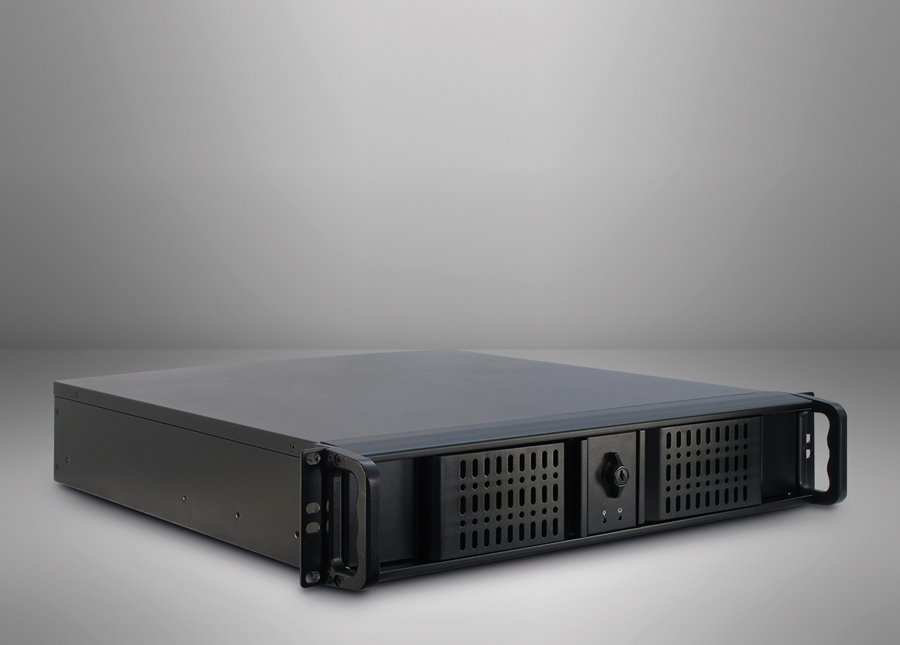For the case I have chosen a 2U high model from inter-tech:


The case has enough room for the hardware, an knowing the hardware will not take much space, it will not get very warm (hopefully) with the help of two case fans. For convenience I have chosen a 500W power supply from the same vendor.
The server hardware consists of the following items:
– Asrock B450M-HDV R4.0 motherboard
– AMD Ryzen 5 4600G processor, with cooler
– G.Skill DDR4 Aegis 2x 8GB 3200MHz memory
– WD Blue SN750 500GB M.2 SSD storage




The build was not too difficult. Took some fiddling to put the cooler on the CPU, and I noticed that the power supply had its fan on top, which means that this is covered by the lid of the case. This had me worried a little, but it turns out not to be a problem, as the system is not getting very warm. Top temperature I got from the motherboard is below 30 degrees, and the case does not feel hot. Will be interesting to monitor this when there are three of them on top of each other in the cabinet.
Installing Proxmox was very easy, and I will publish an artikel on the subject at a later stage.




